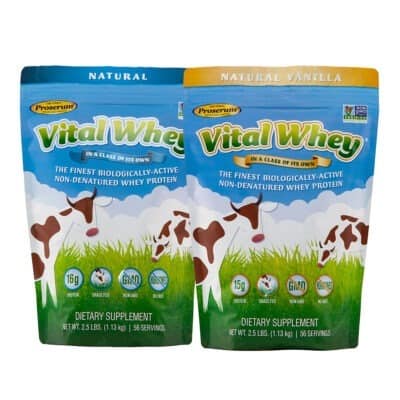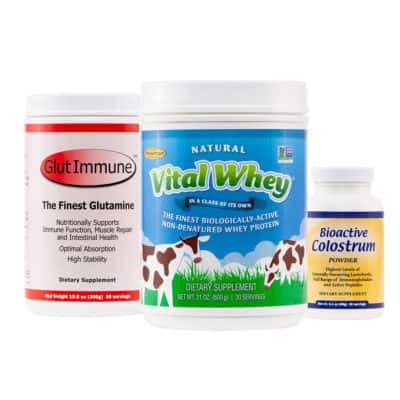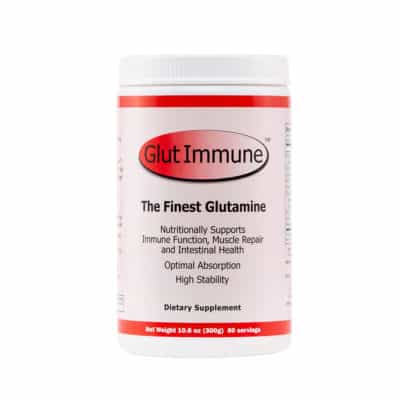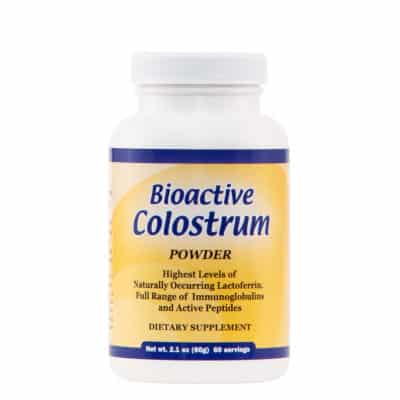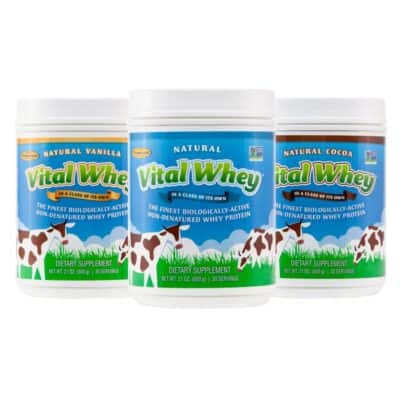
Whether women are exclusively nursing, pumping, or choosing a combination of both, they need proper nutrition to support an increased demand for both macro- and micronutrients. Eating a nutritious diet during the postpartum period can help optimize a mothers’ energy levels and mood, both of which are commonly impacted as a result of by loss of sleep and fluctuating hormones.
In general, a healthy diet includes a variety of foods with a focus on protein, fiber, healthy fats, fruits, and vegetables. Prioritizing a healthy eating routine may not seem like the easiest or most pressing thing during this period, but it is crucial for both a new mom and her baby. Working with your physician and dietitian may be incredibly helpful in establishing a new balance between caring for your newborn and yourself.
The Importance of Protein During Breastfeeding
Just like during pregnancy, there are increased nutrient demands during breastfeeding. It’s recommended that nursing women consume approximately 450-500 additional calories per day and an extra 25 grams of protein to meet the demands of breastfeeding. [1, 2]
The normal recommendation for protein intake is 0.8 grams of protein per kilogram of body weight per day. This recommendation is increased to 1.1 grams of protein per kilogram of body weight per day for breastfeeding women. A 2020 study suggests the requirement could even be as high as 1.5 grams of protein per kilogram of body weight per day. [3]
Protein provides amino acids, which are the building blocks of muscles, hair, skin, nails, and connective tissues. It is essential for healthy development, growth, and preservation of muscle mass. [1, 4]
Without adequate nutrition, breastfeeding women may notice changes to their health, mood, and energy levels. They also run the risk of nutrient deficiencies since women’s bodies will automatically pull nutrients from maternal reserves (i.e. fat and muscle) in order to produce nutrient-packed breast milk. [1, 4]
Usually protein needs can easily be met with foods like meat, poultry, fish, eggs, dairy, tofu, and beans. Not all parents have the time, ability, or desire to prepare these protein rich foods—especially during the first few months after birth while your body is healing and you’re adjusting to a newborn’s schedule.
Whey Protein Powder and Breastfeeding
Supplementing with whey protein while breastfeeding is a convenient solution. Whey comes from dairy and is considered a complete protein, meaning it contains all nine essential amino acids.
Whey protein is usually well tolerated and easily digested, even for individuals who experience mild digestive upset after eating dairy (aka lactose intolerance). This makes whey a great option for women who find their digestive systems are more sensitive while breastfeeding or are experiencing postpartum food aversions.
You can make a quick shake by simply mixing a whey based protein powder and your liquid of choice (ex. water, cow’s milk, milk alternatives) as your only protein shake ingredients. However, blended shakes and smoothies don’t take much more effort to make and are a great way to incorporate a variety of foods and nutrients to support breastfeeding.
Here are some ideas that may help add some variety to your favorite whey protein shake ingredients:
- Fresh or frozen fruit
- Berries, bananas, citrus, cherries, pineapple, and mango
- Provides fiber, vitamins, and antioxidants
- Fresh or frozen leafy greens
- Spinach, kale, swiss chard, etc.
- Provides key nutrients including folate, calcium, and iron
- Healthy fats
- Avocado, peanut or almond butter
- Provides omega fats, promotes heart health, facilitates absorption of fat-soluble vitamins
- Ground flax seed, chia seeds, psyllium husks, quinoa
- Good source of omega-3 fatty acids, promotes gut health and regularity
- Oats
- Good source of fiber and B vitamins, help keep you feeling full/satisfied longer, lowers cholesterol
- Milk or yogurt
- Good source of calcium and vitamin D, further optimizes your protein intake, adds a more smooth and creamy texture to your shake
Choosing a Whey Protein Powder While Breastfeeding
Whey protein powders often contain other ingredients, such as sweeteners, flavoring, or preservatives. Breastfeeding women want to look for a whey protein, such as Vital Whey, that is made without artificial ingredients and free from extras, like herbs, caffeine, and other stimulants, geared toward gym-goers.
Reading the ingredient label can help you choose a whey protein that comes from high-quality sources and doesn’t have unnecessary ingredients.
You’ll also want to check the serving size and nutrition facts label so you know how many grams of protein you’ll get per scoop of powder. A whey powder that provides 15-20 grams of protein per serving can help you easily increase your daily protein intake by adding a scoop or two of protein to a smoothie.
It’s also a good idea to speak with your primary healthcare provider before starting a whey protein powder to be sure the supplement you choose is right for your needs during breastfeeding.
References
- Kominiarek, Michelle A., et al. “Nutrition recommendations in pregnancy and lactation.” Medical Clinics of North America, November 2016, https://www.ncbi.nlm.nih.gov/pmc/articles/PMC5104202/
- “Diet considerations for breastfeeding mothers.” Centers for Disease Control and Prevention, 2021, https://www.cdc.gov/breastfeeding/breastfeeding-special-circumstances/diet-and-micronutrients/maternal-diet.html
- Rasmussen, Betina, et al. “Protein Requirements of Healthy Lactating Women Are Higher Than the Current Recommendations.” Current Developments in Nutrition, Volume 4, Issue Supplement 2, June 2020, https://academic.oup.com/cdn/article/4/Supplement_2/653/58451454.
- “Meeting Maternal Nutrient Needs During Lactation.” Institute of Medicine (US) Committee on Nutritional Status During Pregnancy and Lactation, 1991, https://www.ncbi.nlm.nih.gov/books/NBK235579/
- Should You Take Whey Protein Powder After Surgery? - March 2, 2023
- How Much Protein is Too Much? - January 30, 2023
- Is Whey Protein Keto Friendly? - January 30, 2023

